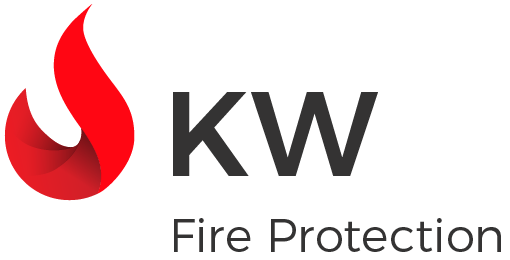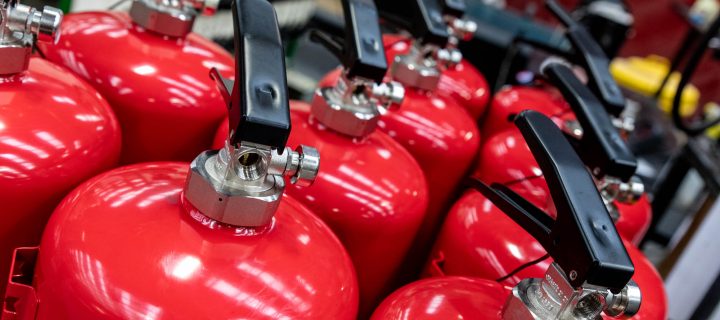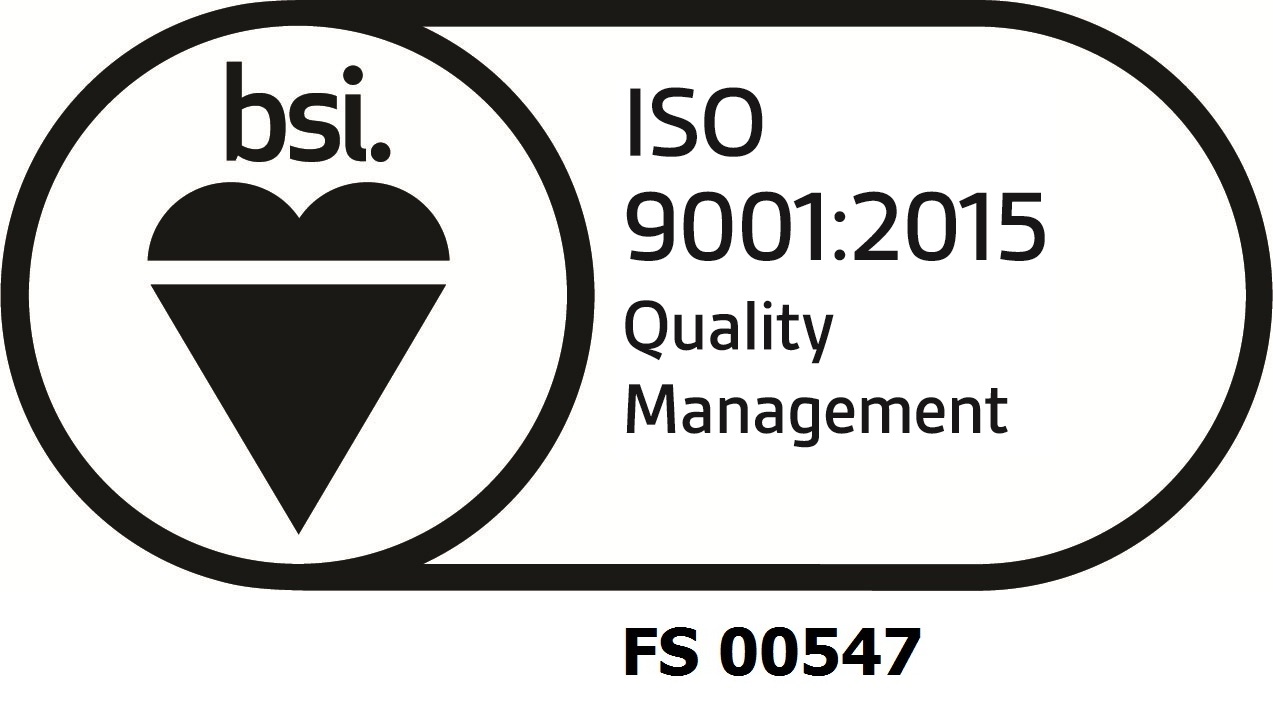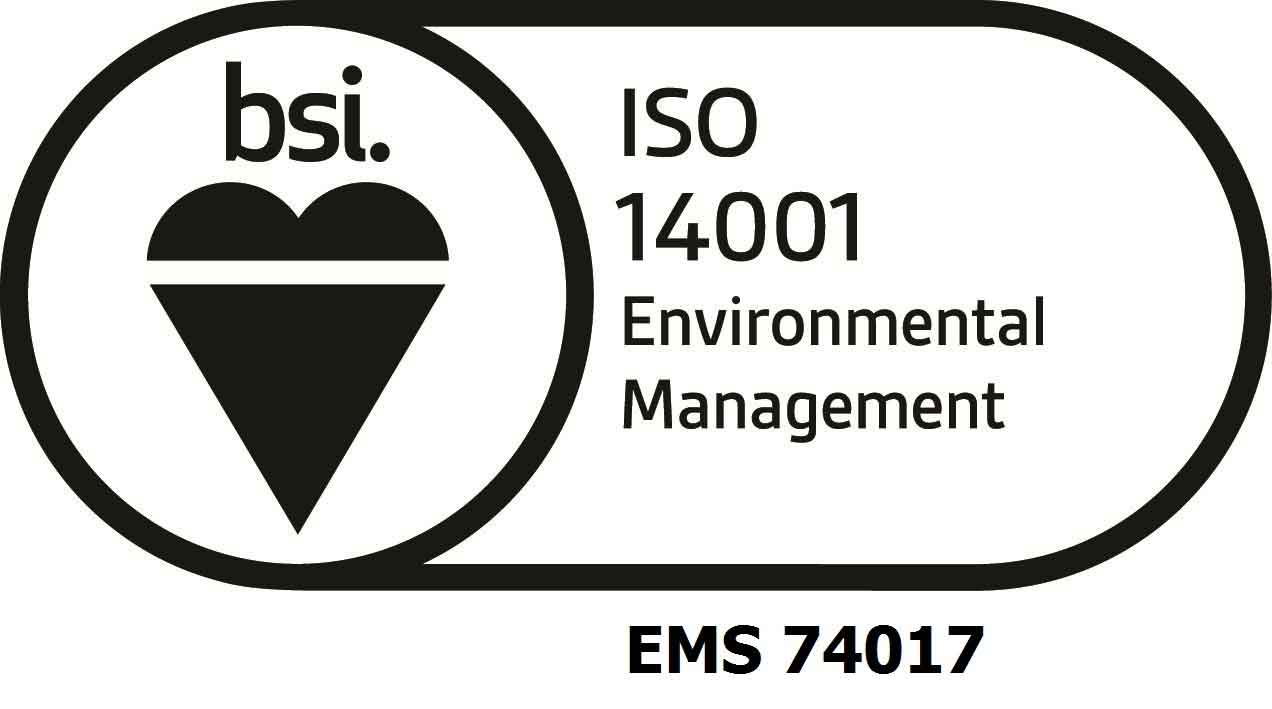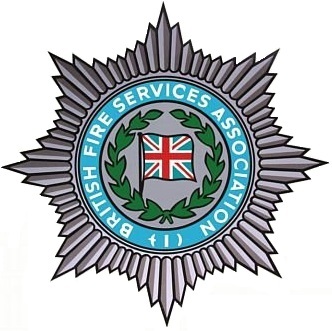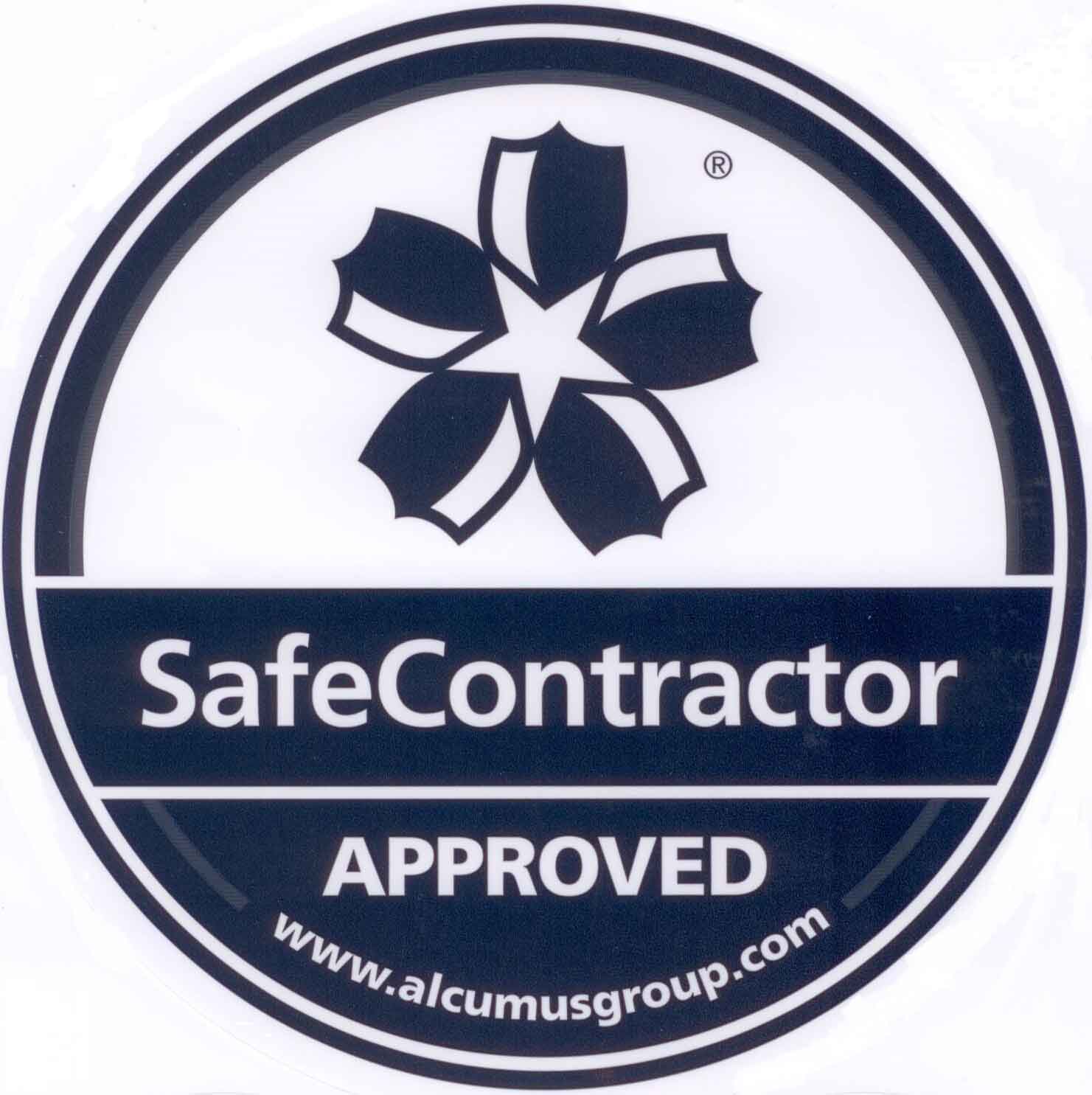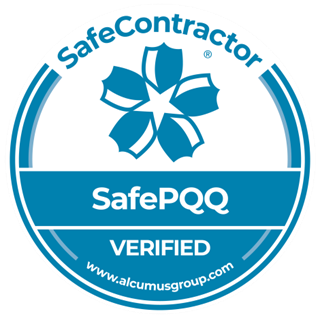According to the Regulatory Reform (Fire Safety) Order 2005, as an employer, you’re responsible for ensuring that your premises have ‘appropriate fire-fighting equipment, including portable fire extinguishers in place. This equipment plays a fundamental role in commercial fire safety, and it’s important you have suitable units installed on your property.
Using a fire extinguisher or fire blanket is always the safest and most effective way to extinguish a fire. If the extinguisher you have to hand is unsuitable for the type of fire that has broken out, if an extinguisher has lost pressure or if there are no units on the premises, then it may be necessary to attempt to extinguish the fire in a different way.
In these instances, there are a number of other ways in which you can tackle a blaze but only attempt to do so when the fire is in its earliest stages and is small enough to tackle.
Cutting off or limiting the oxygen supply
You may remember learning of the fire triangle at school, which details the three elements that help a fire to thrive. They are heat, fuel and oxygen, and removing any of these three elements can help extinguish a fire. If you don’t have a fire extinguisher, the easiest one to remove is oxygen by limiting the air supply.
If a fire breaks out inside an oven or a microwave, the easiest way to cut off the oxygen supply is to ensure the door to these appliances remains fully closed. This will stifle the fire of oxygen and hopefully put it out. If you do not have a fire extinguisher to hand, do not attempt to open the oven or microwave door. Similarly, if a fire starts in a pan on your hob, you may be able to cut off oxygen by quickly placing a fire blanket over the flaming pan. We’ll have more information on fire blankets later on in this article.
Snuffing out a kitchen fire is the best way to deal with it in the absence of a fire extinguisher, and there are other ways to do so that we will go over later in this article.
Unplugging Electrical Supply
If an electrical fire breaks out, it’s important not to panic. If a fire extinguisher is not immediately available, the first thing you should do is unplug the electrical supply if it’s safe to do so. Alternatively, isolate the electrical circuits at the fuse box if you are familiar with the location of the electrical distribution board. This should hopefully prevent the fire from reigniting when you put it out.
In the case of an electrical fire, smothering it to remove the oxygen is your best cause of action. Read on to find out more about how to do this.
Remember, prevention is better than cure, and there are several things you can do to mitigate the risk of an electrical fire. This includes not overloading sockets, ensuring all appliances are unplugged when not in use and keeping the wiring and electrical systems up to date and maintained to reduce the risk of faulty equipment. Regular Portable Appliance Testing (PAT) can help with this.
Fire Blankets
As previously mentioned, fire cannot continue to burn without a steady supply of oxygen. While certain fire extinguishers are ideal for smothering flames, fire blankets are the next best thing if an extinguisher is unavailable for whatever reason.
Hold the fire blanket in front of you like a shield and safely drop it on top of the fire. Do not just throw it in the general direction of the fire, as it will only be effective if the entire blaze is covered. If you throw the blanket you may miss, and lose your opportunity of properly tackling the fire.
Remember, only use a fire blanket if the fire is small enough to fit under the entirety of the blanket.
Bicarbonate of soda/salt
Another way to remove the supply of oxygen from a fire is to use bicarbonate of soda. This is mainly suitable for a kitchen fire, such as one caused by grease or cooking oil. If you’ve been frying food and a fire has occurred, you need to act fast to stop it spreading.
Sprinkle a large amount of bicarbonate soda or salt over the fire and this should be enough to extinguish it, or at least give you time to get to your fire extinguisher.
Don’t use water on these types of fires, as it doesn’t mix well with oil and can actually make the fire worse.
Water
Depending on the type of fire you’re dealing with, water may be an appropriate extinguishing agent. Class A fires that have been caused by flammable solids such as wood, paper, cardboard, plastic and more can be extinguished using water, but it’s important not to use it on an electrical fire or kitchen fire. Water can help a kitchen fire to spread, while putting water on an electrical fire could result in electrocution.
Remember, you should only try and deal with a fire yourself if it’s small and manageable. If it becomes overwhelming or out of control, evacuate and call the fire department immediately.
While the above methods are suitable fire fighting techniques under the right circumstances, undoubtedly the best way to tackle a fire is with a fire extinguisher operated by members of staff who have received specific training in the operation and use of fire extinguishers. At KW Fire Protection, we’ve established a reputation for being one of the most reliable commercial fire safety companies in Manchester, Oldham, Bolton and the surrounding areas. We can supply your company with quality fire extinguishers that are ideal for tackling fires of all types. For help or advice on what type of fire extinguisher is best for you, get in touch today.
